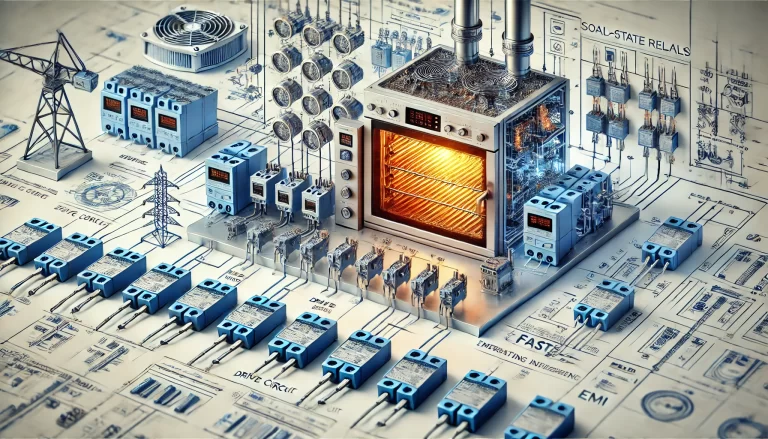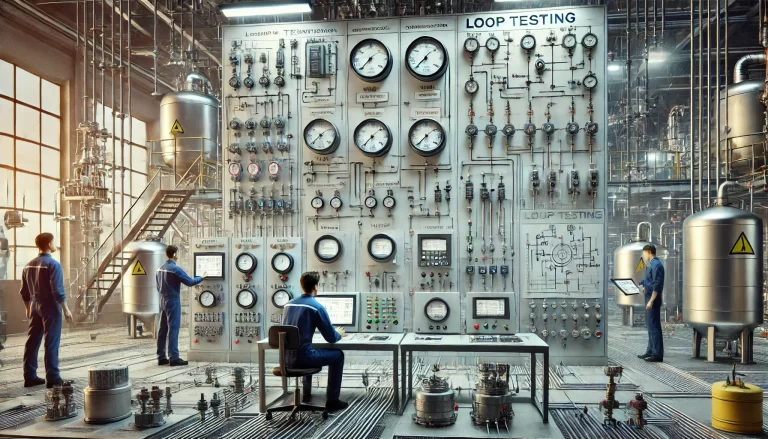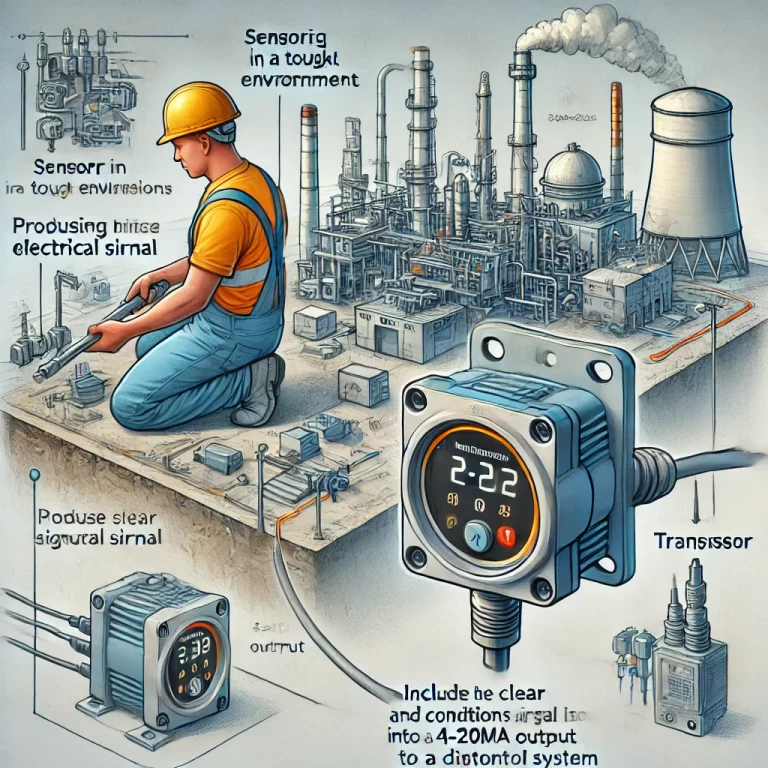Have you ever compiled your own instrument repair experience? Or is your summary incomplete? Here are 60 important tips to pay attention to during the process of instrument maintenance and repair. Consider this your comprehensive guide!

Part 1: General Guidelines and Safety Measures (Tips 1–15)
- Do not mix signal cables with power supply cables in a single multi-core cable – This avoids interference and malfunction.
- For oxygen pipeline instrument maintenance, avoid oil contamination – Oil-free transmitters and gauges must not be mixed with regular instruments.
- When dismantling wires, wrap the wire ends properly – This prevents short circuits.
- Cables should not have intermediate joints – Continuous connections are more reliable.
- Ground shielding should be done on the control room side to prevent external interference.
- Protective hoses should be lower than the instrument’s entry point to prevent water from entering the instruments.
- Outdoor instruments should be protected with instrument protection boxes or covered with plastic bags to shield them from the elements.
- Separate intrinsically safe, power, and signal cables with dividers in cable trays to ensure safe operation.
- Avoid using terminal lugs for compensation wires – Different conductors could cause measurement errors.
- Notify operators and follow procedures when handling instruments during production – In some cases, written confirmation is required.
- In lightning-prone areas, connect instruments to surge protectors and safety barriers before connecting to control systems to avoid unnecessary cabinet wiring.
- Control rooms must have animal-proofing measures – Rodents can cause significant damage.
- Complete individual and loop tests before integrating instruments into the system to ensure reliability.
- During instrument maintenance, process personnel must be present to address any issues that may arise.
- Always communicate with process personnel before on-site instrument maintenance – For powered instruments, turn off the power and double-check with a multimeter.

Part 2: Installation Considerations and Design (Tips 16–30)
- Select flowmeters based on the measuring medium, temperature, and pressure – Ensure proper flow compensation and follow installation requirements.
- Design control room slot plates with a downward bend to prevent rainwater from entering and ensure proper sealing.
- Place valves at the top center when drawing air from the main pipeline for instruments to avoid debris entering the valves.
- Do not ground shielding layers at both ends – Protect outdoor cables with rain-proof measures and seal openings in explosion-proof environments.
- Properly maintain and use alarm systems and sound devices – A malfunction could lead to severe consequences in case of a process accident.
- Avoid copper and copper alloys in areas involving ammonia – Design dual power supplies for DCS systems.
- Two-wire transmission is not suitable for long-distance thermocouple temperature measurement.
- Cable insulation resistance should be greater than 5 megaohms – Bending radii should be more than 10 times the cable diameter, and 15 times for optical cables.
- For austenitic stainless steel pipelines, ensure chloride content in water is below 25 ppm during hydraulic testing – Instrument grounding should be below 1 ohm.
- Use fireproof cloth (asbestos cloth) instead of plastic bags for instrument protection.
- In hydrogen units, instruments must meet both explosion-proof and protection grade requirements.
- Separate intrinsically safe signals and explosion-proof signals into different intermediate junction boxes to avoid safety risks.
- Ensure consistent installation height for condenser pots used in steam flow measurement to maintain accurate readings.
- Cold-bend pressure pipes during installation – Avoid using gas welding or other hot-bending techniques.
- For FF bus design, install terminators at the power regulator and fieldbus junction box terminals for proper signal transmission.

Part 3: Instrument Selection and Maintenance (Tips 31–45)
- Select fault-tolerant solenoid valves for interlocking systems – Energize them in normal conditions and de-energize during interlock conditions.
- Use expansion fittings to increase pipeline diameters below DN80 – This is necessary for installing temperature instruments.
- Flow measurement elements should not be included in power plant hydraulic tests to prevent damage.
- Ensure equal height installation for condenser pots in steam flow measurement to ensure accuracy.
- Use cold bending techniques for pressure pipes – Hot bending can compromise long-term reliability.
- Consider cavitation and flashing during control valve design – Select appropriate materials and flow rates to mitigate damage.
- For fluids prone to vaporization, avoid using high-pressure recovery valves – Use low-pressure recovery valves like single-seat valves instead.
- Secure a fixed support point for cable trays entering control rooms – This prevents stress on equipment due to temperature fluctuations.
- Select on-site pressure gauges according to the type of pressure (impact load or general pressure) to ensure accurate readings.
- Do not disassemble live equipment without using a test pen – This prevents electrocution.
- Install anti-static measures in DCS systems – Static discharge can cause system failures.
- Maintenance of interlocking equipment should be done with a forced shutdown in the DCS system to ensure safety.
- Do not disconnect solenoid valve coils while energized – Doing so can burn out the coil.
- Install rotor flowmeters vertically, ensuring fluid flows from bottom to top to maintain accurate flow readings.
- Vent the air source line after installing new control valves before connecting to the valve positioner to prevent oil or debris from causing damage.

Part 4: Advanced Considerations and Final Tips (Tips 46–60)
- Avoid copper components in acetylene gas instruments – Copper reacts with acetylene and forms explosive compounds.
- Isolate current signals between DCS and electrical systems – This prevents interference and ensures proper calibration.
- Use steam heat tracing tubing with an outer diameter above 12 mm – Smaller tubing can result in inadequate heating.
- Do not install safety barriers in non-intrinsically safe explosion-proof systems – This is unnecessary and increases complexity.
- Isolate intrinsically safe signals from explosion-proof signals – Use isolators to ensure safety.
- Ensure proper grounding for Zener safety barriers – Improper grounding can result in malfunctions.
- Minimize process disruptions during instrument maintenance – Instruments and processes are tightly integrated.
- Avoid electromagnetic flowmeters for low-conductivity media – Mass flowmeters are better suited for high-precision measurement.
- Install cooling or siphon pipes when measuring media with temperatures above 60°C to protect pressure measurement devices.
- Double-check fail-open and fail-close configurations for pneumatic control valves in DCS systems to avoid errors.
- If a temperature instrument suddenly reads maximum or minimum values, suspect a system failure – Possible causes include broken thermocouples or faulty transmitters.
- Label all wiring during instrument installation – Failure to do so makes troubleshooting difficult.
- For combined pressure and temperature measurement points, place the pressure tap upstream of the temperature tap to ensure accurate readings.
- Install rotor flowmeters vertically, with the medium flowing from bottom to top for correct operation.
- Ensure 5DN upstream and 3DN downstream straight pipe sections for flowmeter installations to maintain smooth flow and accurate readings.
